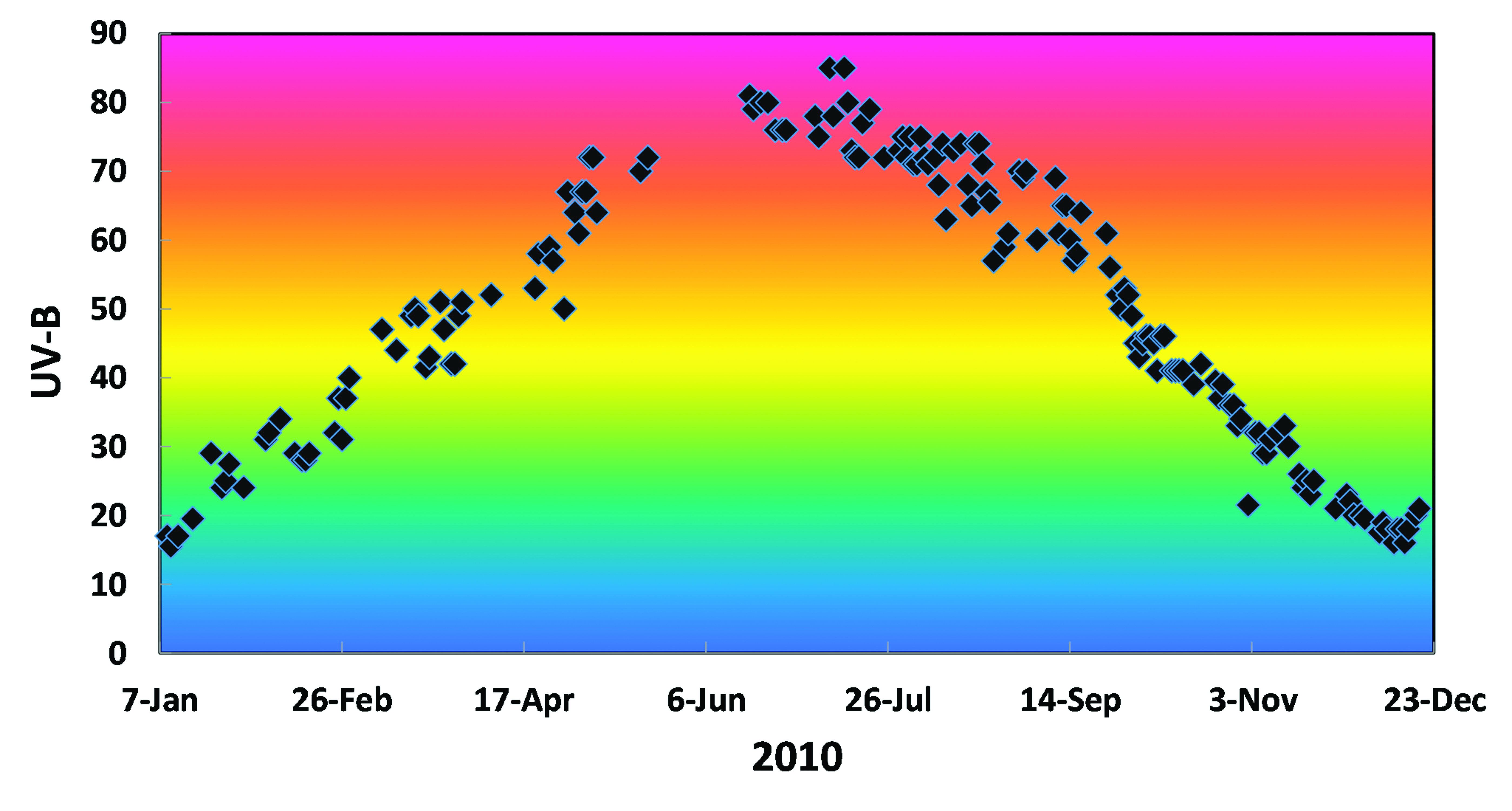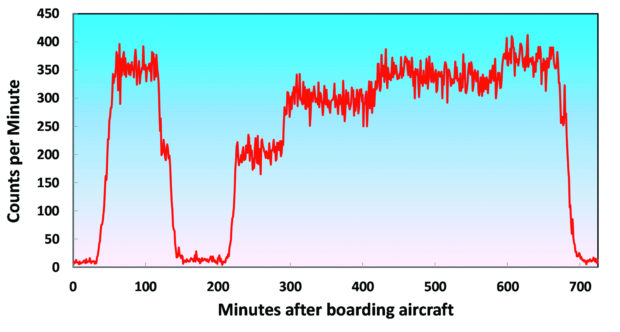Do you enjoy the sounds that wind chimes extract from a soft breeze? How about the gentle splashing of raindrops, the soothing sound of falling water, or the roar of surf?
These appealing natural sounds provide only a hint of the vast range of musical compositions hidden away in many kinds of data. Lately I’ve been having lots of fun transforming data I’ve collected into natural music and posting the results on my Youtube channel, like the video below. Various methods for making sounds from data are available. Let’s use them to convert data into music.

Using Mathematica to Create Music

George Hrabovsky is an amateur physicist who uses Wolfram Mathematica software in his theoretical research. His praise of Mathematica was so persuasive that I eventually bought the program, and it’s where I first went when trying to transform data into music.
Among Mathematica’s astonishing range of features is the ability to convert numbers into synthesized musical notes representing a variety of instruments. Mathematica’s Music Package can convert data into representative audio frequencies and much more. If you’re into programming, it’s a highly flexible tool for transforming data into music.
MusicAlgorithms
Jonathan Middleton is assistant professor of theory and composition in the music department at Eastern Washington University, where he teaches composition, orchestration, and computer music. While exploring ways to transform data into music, I discovered Dr. Middleton’s MusicAlgorithms website (developed with assistance from Andrew Cobb, Michael Henry, Robert Lyon, and Ian Siemer with sponsorship from the Northwest Academic Computing Consortium).
The homepage states that, “Here, the algorithmic process is used in a creative context so that users can convert sequences of numbers into sounds.” That single sentence hooked me into the MusicAlgorithms site for a week while I transformed some of my data into an amazing variety of intriguing musical “compositions.”













